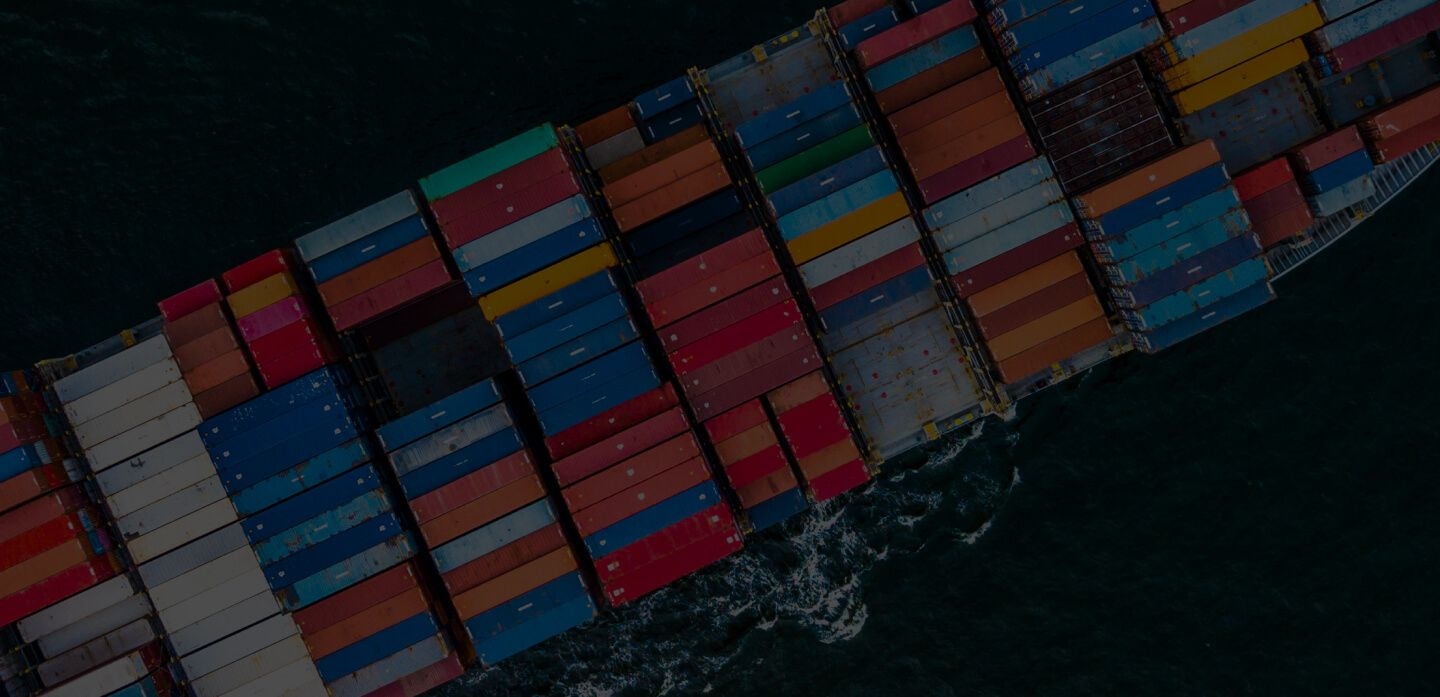
Sea Freight



Sea freight contributes the biggest part in the overall cost involved with international maritime transport. This is the expense of transporting a 20’, 40’ or 40’ High Cube container from one port to another. Sea freight, although cheap, is not the only cost which should be taken into account, other factors that should be taken into consideration include expenses such as the BAF (Bunker Adjustment Factor) or fuel surcharge, the CAF (Currency Adjustment Factor) or type surcharge change and other minor expenses such as the shipping surcharges applying to cross canal routes or high piracy risk routes.
Ocean freight from one port to another varies over time and fluctuates according to supply and demand of various trade routes, so the distances and travel time does not always determine its cost. For example, a shipment to Shanghai from US ports is currently cheaper than to export from America to Chile. It is also cheaper to export from the port of Savannah or Miami to Xiamen rather than if you imported from Xiamen to Miami or Port Everglades. The reason that it is cheaper to transport internationally from the US to China than vice-versa is that the goal of shipping companies is to have cheap freight containers full return to China, which is where there is greater demand. To make the comparison of prices to export or import to or from the East /West coast you can use our International shipping rates finder.
Start searching our website to get your seafreight quotation in only a few seconds.
Having a cheap freight is a positive factor, but we must also consider the cost of land transport, which can be a considerable portion of the overall transportation cost. The main expense of shipping a container from dry ports in the United States is the land transport. A clear example is the Atlanta dry port when it sets sail from the west coast for Asian ports.
There are several sea routes with cheap sea freight from the main American ports (i.e. Savannah, Norfolk, New York or Los Angeles). These destinations include China, Japan and the rest of South east Asian, South American ports (Brazil, Colombia, Argentina, Chile, Peru etc.) the Mediterranean (Morocco, Turkey, Algeria, etc.) and the main African ports (South Africa, Ghana and Guinea).
Related Articles


